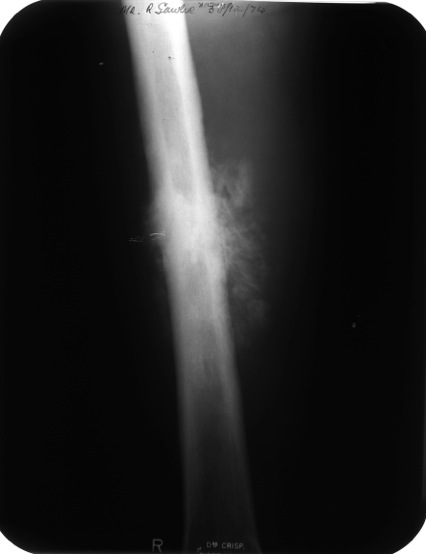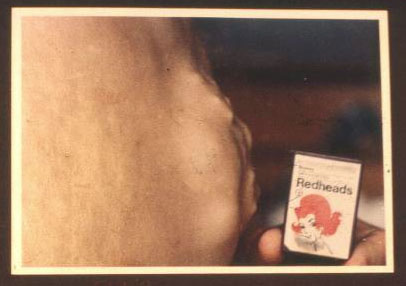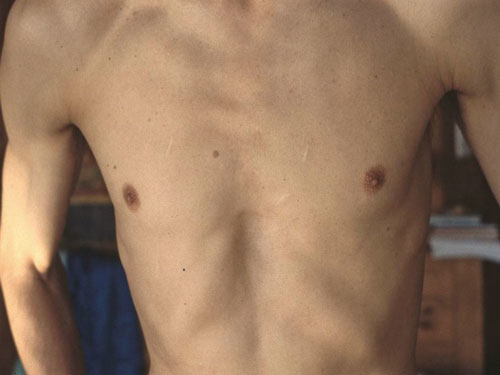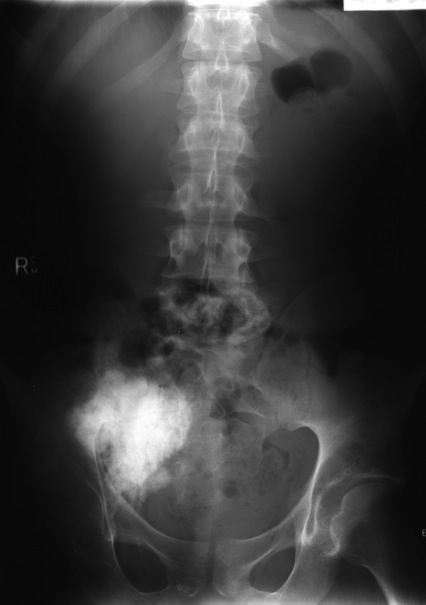Published articles that feature Ian’s medical history and work
Ian’s recovery from cancer was first reported as a case history in 1978 in the Medical Journal of Australia (MJA):
Dr Ainslie Meares’ initial MJA report from 1978.
Photographic and X Ray evidence of Ian Gawler’s primary diagnosis and secondary cancer.
Then, in 2008, the fact he was still alive was reported; again in the MJA. This report was written by Prof. George Jelinek, with whom Ian had established a lifestyle based self-help program for people with Multiple Sclerosis (MS), and Dr Ruth Gawler, Ian’s wife.
The MJA follow up report 30 years later.
Next, Ian’s first wife Grace Gawler, with the assistance of Prof Ray Lowenthal published a paper in the MJA questioning the method of Ian’s recovery and some of the timelines involved.
This paper was answered by Prof Jelinek and Ruth Gawler in a letter of response that was published alongside the first article.
The 2008 MJA controversy over Ian’s timelines and recovery.
Then in December 2011, Lowenthal combined with Ian Haines to publish a hypothesis in the Internal Medicine Journal questioning Ian’s very diagnosis of secondary cancer.
secondary osteogenic sarcoma (bone cancer)
Further, the surgeon who removed Ian’s left lung is convinced he had secondary cancer and the pathology performed on that lung, including histology, supports that view. To read the surgeon’s statement and the pathology report,
CLICK HEREThe Medical Journal of Australia refused to publish Haines and Lowenthal’s article stating that it presented supposition, but nothing new in the way of facts, lacked potential to advance medical practice and did not have the patient’s consent.
Ian and Ruth responded to the Haines/Lowenthal article in letters that were published in the Internal Medicine Journal.
Meanwhile, Australian Doctor published an Opinion Piece from Lowenthal (that had first been published in The Conversation).
Also, a response to Haines and Lowenthal’s article was published in the Internal Medicine Journal by a medical historian from Yale University. The article views Haines and Lowenthal’s piece as evidence of “a turf war” and “some oncologists’ discomfort with losing their authority to dictate patient choices”.
Prof George Jelinek and Guy Allenby reviewed the facts of Ian’s case in The Conversation; pointed out why the Haines/Lowenthal hypothesis is incorrect and why Ian’s diagnosis of secondary osteo-genic sarcoma was correct .




